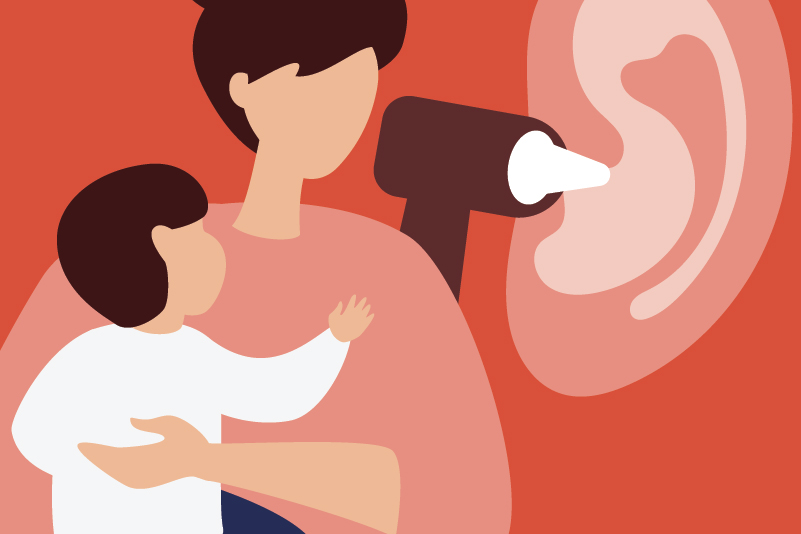#155 “I got water up my nose.” From swimming accident to rhinosinusitis cure?

Reading Tools for Practice Article can earn you MainPro+ Credits
Join NowAlready a CFPCLearn Member? Log in
- We identified nine systematic reviews of NSI. Differences noted are statistically significant.
- Acute rhinosinusitis:
- Acute upper respiratory tract infection: Two systematic reviews1,2 (five Randomized Controlled Trials (RCTs), 749 patients, 27% adult).
- Days to wellness or antibiotic use: No difference.1
- One trial showed a potentially clinically non-meaningful ~0.3 on 4-point scale improvements in nasal symptoms.1
- Acute sinusitis in children: One systematic review but no RCTs.3
- Acute upper respiratory tract infection: Two systematic reviews1,2 (five Randomized Controlled Trials (RCTs), 749 patients, 27% adult).
- Allergic rhinosinusitis: One systematic review (nine RCTs, 295 patients, ~71% adult).4 Relative improvement of NSI versus no treatment.
- Mean total symptom score 32.5% better.
- Chronic rhinosinusitis: Six systematic reviews (1-8 RCTs, 127-389 patients).4-9
- Symptom score, NSI versus nothing: Standard Mean Difference 1.42 but clinical meaning is uncertain.5 Longest RCT at six months found:
- NSI improved symptom score from 4 to 2.4 versus no change without treatment.10
- Attaining a 10% improvement in nasal symptoms quality of life, Number Needed to Treat (NNT)=2.10
- Rinse versus spray:6 Rinse reduces symptoms more than spray, NNT=5.
- Compliance at eight weeks worse with rinse: 79% versus 93% spray (Number Needed to Harm (NNH)=8).
- Any adverse event: 43% rinse and 25% spray (NNH=6).
- Most common: Persistent nasal drainage.
- Isotonic versus hypertonic: Similar clinical endpoints.5,8,11
- Adverse events: Poorly reported; Nasal burning, ear plugging, and nausea most frequent.7
- Symptom score, NSI versus nothing: Standard Mean Difference 1.42 but clinical meaning is uncertain.5 Longest RCT at six months found:
- Acute rhinosinusitis:
- Systematic review quality varied from good1,5 to poor.2,8 Deficiencies include: No quality assessment,2,4,7-9 poor methods description,2,8 inadequate description of studies,2,4,6-8 large heterogeneity,2,4,5 and poor adverse event reporting.1-5,8,9 RCT quality frequently poor with inconsistent outcomes.
- Guidelines recommend NSI:
- As an option in chronic rhinosinusitis.12,13
- No recommendation14 or second-line option in allergic rhinitis.15






